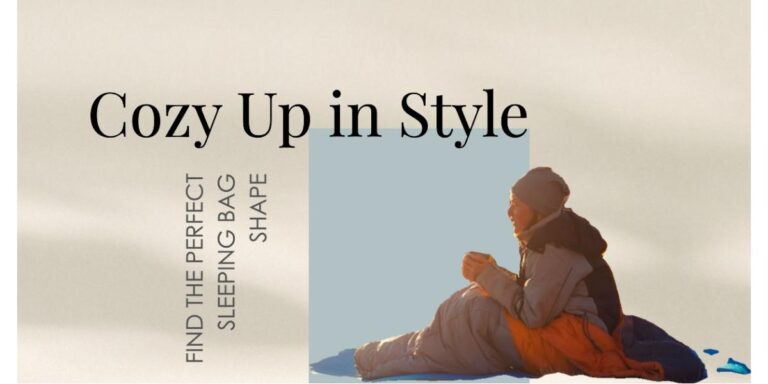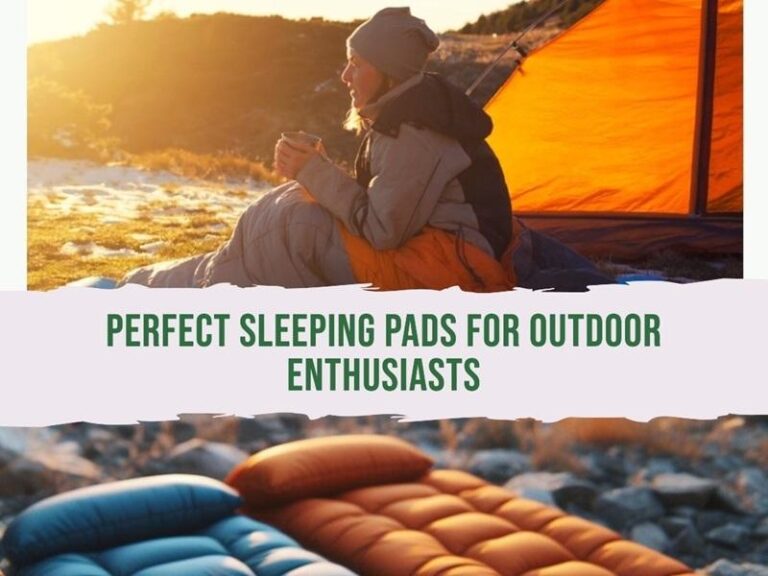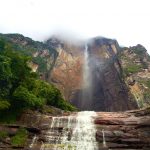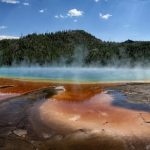A Comprehensive Guide to Choosing the Right Sleeping Bag Shape for Your Needs: Mummy vs. Oval vs. Rectangular vs. Semi-Rectangular vs. Square
When planning your next camping trip, one of the most important decisions you’ll make is choosing the right sleeping bag. With so many different shapes and styles to choose from, it can be tough to know where to start. One of the most important factors to consider is the shape of the sleeping bag.
In this article, we’ll discuss the different types of sleeping bag shapes and how to choose the right one for your needs. We’ll also provide a table summarizing the key differences between each type of sleeping bag.
Related Article: Backpacking Sleeping Bags Under $100
Types of Sleeping Bag Shapes
There are five main types of sleeping bag shapes:
Mummy Sleeping Bags
Mummy sleeping bags are known for their tapered shape, resembling the outline of a mummy. This design provides exceptional warmth and efficiency by minimizing heat loss. The snug fit of a mummy bag reduces the amount of air that needs to be heated, keeping you warm in even the coldest conditions. However, the tight fit can be claustrophobic for some individuals.
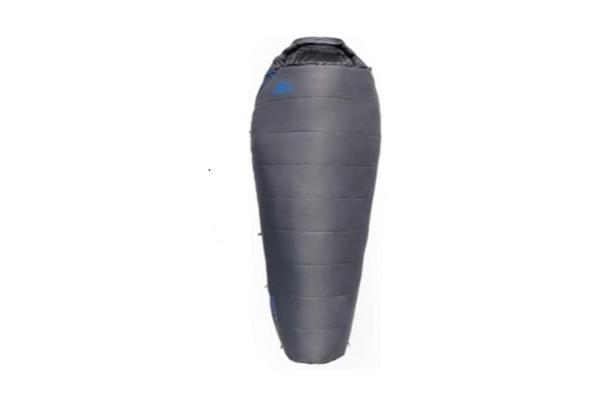

Kelty Cosmic Synthetic Fill 20-Degree Backpacking Sleeping Bag
The Kelty Cosmic Synthetic sleeping bag features CirroLoft synthetic insulation, offering a balance of packability, comfort, and affordability. It is mummy-shaped with a smooth zipper and roomy design, making it packable for backpacking.
Key Advantages of Mummy Sleeping Bags:
- Exceptional warmth due to tapered shape
- Efficient heat retention by minimizing air pockets
- Ideal for cold-weather camping
Key Considerations for Mummy Sleeping Bags:
- Claustrophobic feeling for some individuals
- May restrict movement compared to rectangular bags
Rectangular Sleeping Bags
Rectangular sleeping bags offer the most roominess and comfort, making them a popular choice for car camping or casual backpacking. Their generous width and height provide ample space to move around and stretch out, ensuring a comfortable night’s sleep. However, the rectangular shape does not trap heat as effectively as mummy bags, making them less suitable for cold-weather camping.
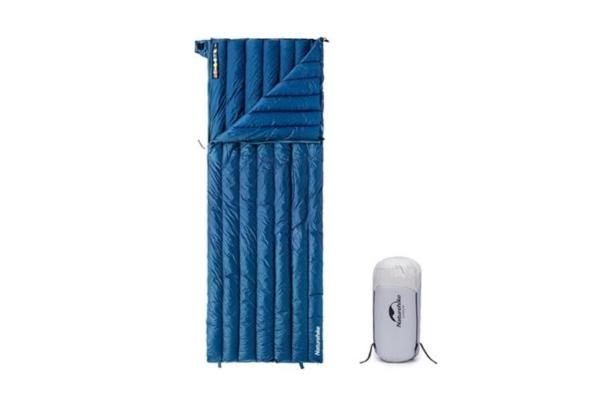

Naturehike Ultralight Sleeping Bag
The Naturehike ultralight sleeping bag is a Mummy-style bag that can keep you comfortable in temperatures ranging from 42.8°F to 51.8°F. It is made of ultralight, compressible goose down, and weighs only 1.26 lbs. With a 650-fill goose down, this sleeping bag is perfect for ultralight backpacking due to its exceptionally light weight and compressibility.
Key Advantages of Rectangular Sleeping Bags:
- Maximum roominess and comfort
- Ideal for car camping and casual backpacking
- Ease of movement and stretching
Key Considerations for Rectangular Sleeping Bags:
- Lower warmth retention compared to mummy bags
- Not as efficient for cold-weather camping
Semi-Rectangular Sleeping Bags
Semi-rectangular sleeping bags offer a balance between the warmth of mummy bags and the comfort of rectangular bags. They provide a slightly tapered shape that enhances heat retention while still offering ample shoulder and hip room. This makes them a versatile choice for a variety of camping conditions, from mild weather to colder temperatures.
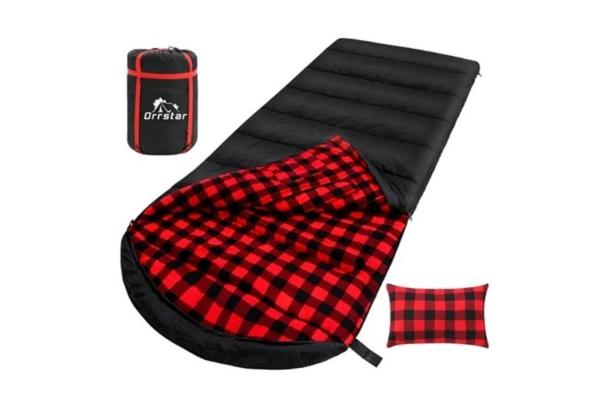

ORRSTAR 0 Degree Sleeping Bag
The ORRSTAR sleeping bag is semi-rectangular and designed to keep you warm in temperatures ranging from 0°F to 15°F. It is extremely warm, roomy, and durable, utilizing hollow fiber insulation and a polyester shell to ensure comfort even in sub-zero temperatures.
Key Advantages of Semi-Rectangular Sleeping Bags:
- Balanced warmth and comfort
- Suitable for a range of camping conditions
- Comfortable fit for most body types
Key Considerations for Semi-Rectangular Sleeping Bags:
- May not be as warm as mummy bags for extreme cold
- Not as roomy as rectangular bags for maximum comfort
Square Sleeping Bags
Square sleeping bags prioritize comfort and roominess, making them ideal for warm-weather camping or situations where maximum space is desired. Their generous square shape allows for unrestricted movement and stretching, ensuring a comfortable night’s sleep. However, the square shape does not retain heat as effectively as other shapes, making them less suitable for colder temperatures.
Key Advantages of Square Sleeping Bags:
- Maximum comfort and unrestricted movement
- Ideal for warm-weather camping
- Suitable for those who prefer extra space
Key Considerations for Square Sleeping Bags:
- Lower warmth retention compared to other shapes
- Not as efficient for cold-weather camping
How to Choose the Right Sleeping Bag Shape
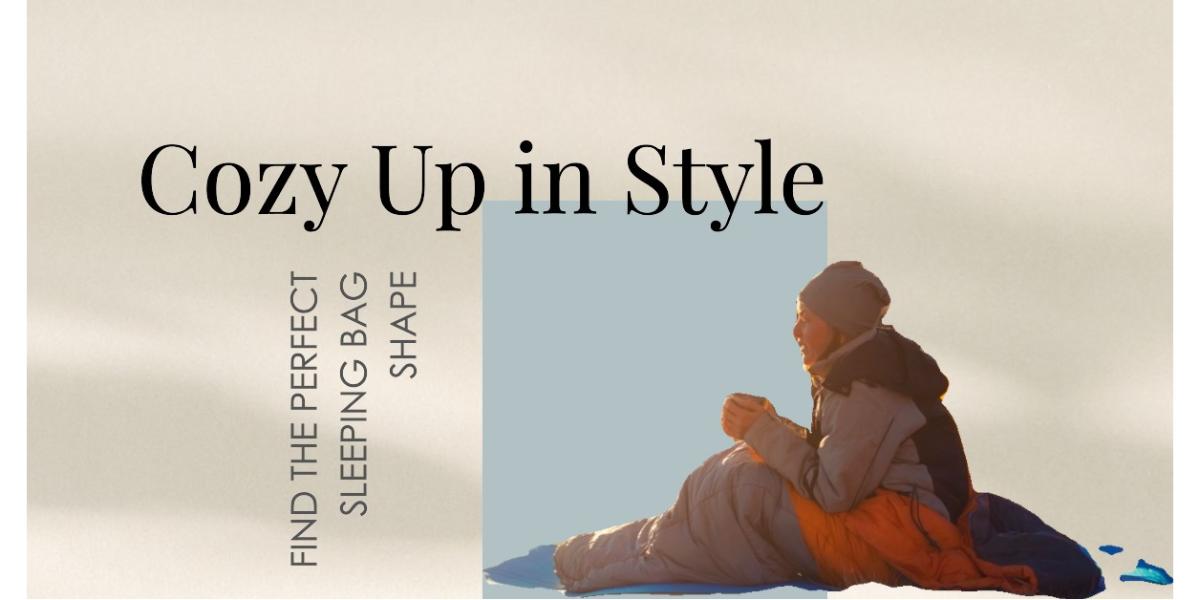

The best way to choose the right sleeping bag shape is to consider your individual needs and preferences. If you are a cold sleeper, you will need a warmer sleeping bag, regardless of the shape. If you are a claustrophobic person, you may want to choose a bag with more room to move around, such as a rectangular or oval bag.
Additional Factors to Consider
In addition to the shape of the sleeping bag, there are several other factors to consider when making your choice. These include:
- Temperature rating: The temperature rating of a sleeping bag indicates the lowest temperature that the bag is designed to keep you warm in. Choose a sleeping bag with a temperature rating that is appropriate for the conditions in which you will be camping.
- Insulation: Sleeping bag insulation is responsible for keeping you warm. Down insulation is the warmest option, but it is also more expensive and can be less durable than synthetic insulation. Synthetic insulation is a good compromise between warmth, durability, and affordability.
- Fill material: Sleeping bags are filled with various materials, including down, synthetic, and down-alternative. Down is the lightest and warmest fill material, but it is also the most expensive. Synthetic fill materials are heavier and less warm than down, but they are also more affordable and water-resistant. Down-alternative fill materials are a good compromise between down and synthetic fill materials.
- Size: Sleeping bags come in a variety of sizes to accommodate different heights. Choose a sleeping bag that is the right size for you to ensure you have enough room to move around comfortably.
Here is a table summarizing the key differences between each type of sleeping bag:
| Sleeping Bag Shape | Advantages | Considerations |
| Mummy | Exceptional warmth, Efficient heat retention, Ideal for cold-weather camping | Claustrophobic feelings for some individuals May restrict movement compared to rectangular bags |
| Rectangular | Maximum roominess and comfort, Ideal for car camping and casual backpacking, Ease of movement and stretching | Lower warmth retention compared to mummy bags, Not as efficient for cold-weather camping |
| Semi-Rectangular | Balanced warmth and comfort, Suitable for a range of camping conditions, Comfortable fit for most body types | May not be as warm as mummy bags for extreme cold, Not as roomy as rectangular bags for maximum comfort |
| Claustrophobic feelings for some individuals, May restrict movement compared to rectangular bags | Maximum comfort and unrestricted movement, Ideal for warm-weather camping, Suitable for those who prefer extra space | Lower warmth retention compared to other shapes, Not as efficient for cold-weather camping |
Conclusion
The shape of the sleeping bag is a crucial factor in determining its warmth, comfort, and suitability for different camping conditions. Mummy sleeping bags prioritize warmth and efficiency, while rectangular bags prioritize comfort and roominess. Semi-rectangular bags offer a balance between these two extremes, while square bags provide maximum comfort for warm-weather camping. By considering your individual needs, camping style, and temperature preferences, you can select the sleeping bag shape that best suits your camping adventures.

